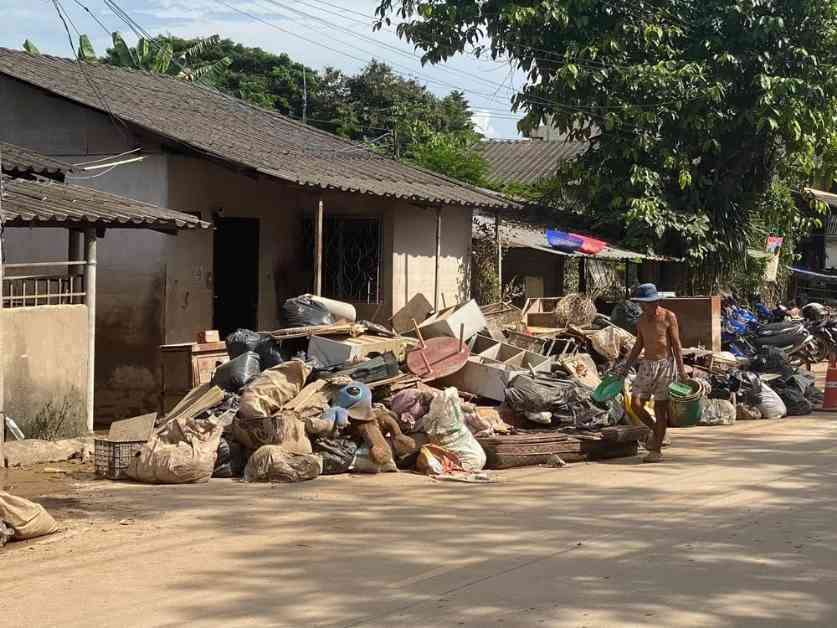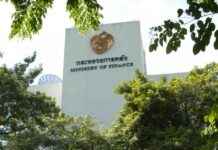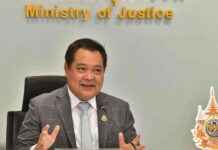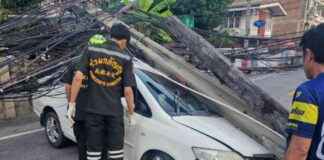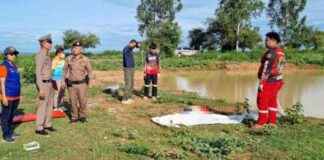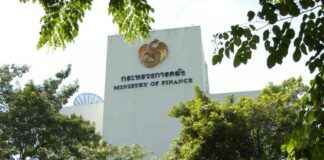Rebuilding Chiang Rai after the Great Flood: Accelerating Tourism Recovery Plan
The devastating flood in Chiang Rai has left the community and experts brainstorming for solutions to overcome the aftermath of the disaster and accelerate the recovery plan to revive the city in time for the upcoming tourism season. A recent meeting held in Chiang Rai brought together members of the community and academia to address the situation and discuss ways to tackle the challenges posed by the catastrophic flood that hit the province.
Collaboration for Recovery
With approximately 35 participants in attendance, the meeting was chaired by Ms. Teuanjai Deetes, a consultant for the Community and Mountainous Area Development Foundation (CMADF). The focus of the meeting was on the flooding situation in Chiang Rai, particularly in the city where the overflowing waters turned streets into mudslides. The experts emphasized the need for a collaborative approach to disaster management and recovery efforts to prevent a recurrence of such a calamity.
Challenges and Solutions
The floodwaters not only inundated the region but also highlighted the lack of a robust disaster warning system. Residents expressed concerns over the annual flooding of the rivers without a proper alert system in place. The need for proactive measures, clear strategies, and systematic recovery plans was underscored by experts from Mae Fah Luang University’s Social Innovation Department and the International Labor Assistance Center in Chiang Rai.
Furthermore, the inadequacy of the local government’s response was evident, with limited resources allocated for disaster management. The call for a more comprehensive recovery plan and efficient governance to tackle the crisis was echoed by the academic community and local organizations involved in relief efforts.
As the city grapples with the aftermath of the flood, it faces challenges such as debris removal, housing reconstruction, and waste management. The coordination between provincial authorities, disaster relief agencies, and community volunteers is crucial for effective recovery and rebuilding efforts.
The devastating impact of the flood has not only disrupted lives but also raised questions about the city’s preparedness for such disasters. The urgent need for a comprehensive disaster management plan, proper infrastructure development, and community engagement is paramount to mitigate future risks and ensure a resilient Chiang Rai.
In the wake of the disaster, it is imperative for the government and relevant stakeholders to work together to address the immediate needs of the affected population and implement long-term solutions for sustainable recovery. The integration of technology, community participation, and effective governance will be key to rebuilding Chiang Rai and safeguarding its future against similar calamities.
